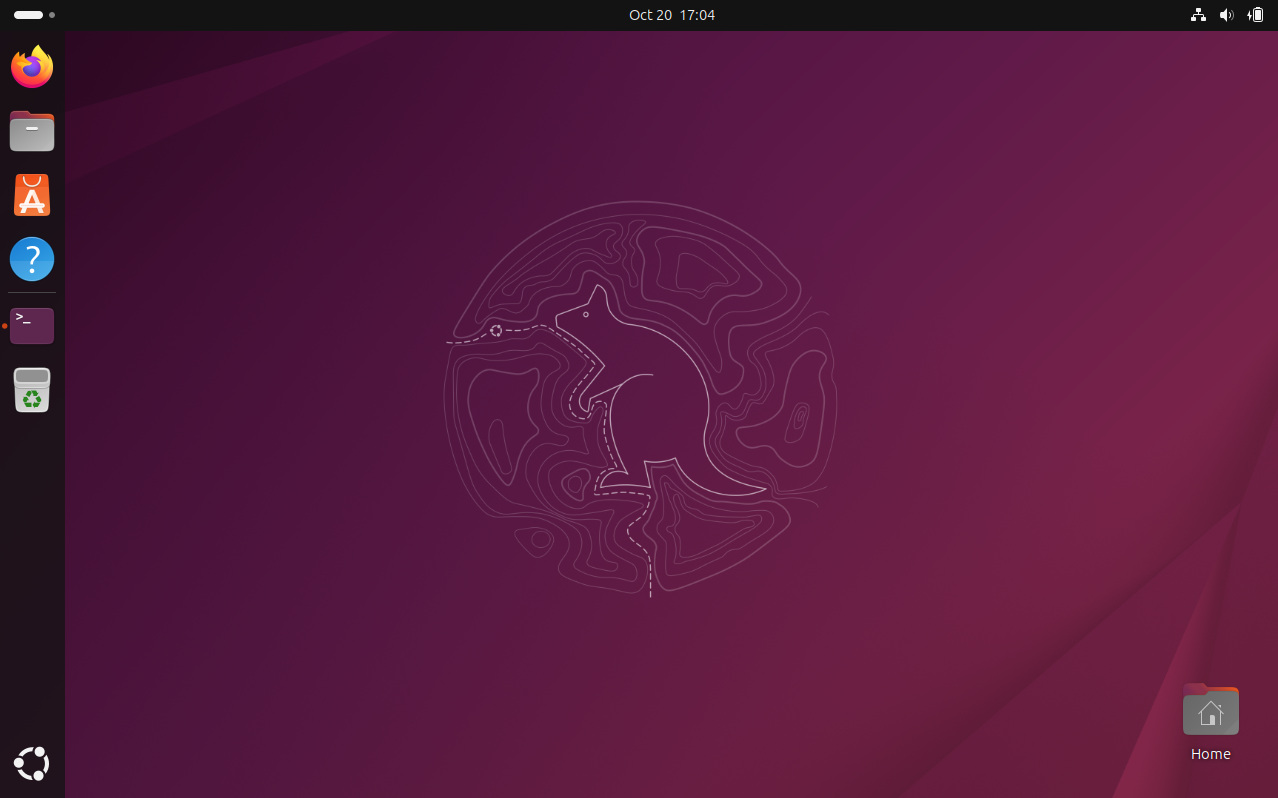Copyright thenewstack

I love a good Ubuntu release. Part of the reason is that all of that newness will trickle down to the hundreds of Linux distributions that are based on Canonical’s OS. Of course, there’s also the fact that a new release always makes Ubuntu a better operating system. Even when there’s a bit of drama involved. Drama? Gasp. Seriously, Ubuntu 25.10 might ruffle a few feathers, but that’s becoming pretty common in the open source world, especially when dealing with Wayland, Ubuntu’s new 3D graphical interface. That’s right, Wayland. You see, Ubuntu 25.10 is the first release from Canonical that has scrapped X11 in favor of the newer Wayland protocol for the GNOME desktop (which happens to be the default). The Default Shift From X11 to Wayland Before you get up in arms, that doesn’t mean all of the Ubuntu spins have done the same thing, but for the official distribution, it’s bye-bye to X11. Why is that a problem? After all, Wayland is superior to X11 in every conceivable way, right? That’s right. However, if you use legacy Linux apps, they might not play well with Wayland. Sure, XWayland makes it possible for most Linux apps (that have yet to be ported over to Wayland) to run fine, but some of the older Linux apps won’t play well with XWayland. Because of that, your mileage may certainly vary with Ubuntu 25.10. For those who tend to use only newer apps (or very popular apps), there will be very few issues with Wayland. So far, my experience with Ubuntu 25.10 has been flawless. But let’s not get ahead of ourselves. What Else Is New in Ubuntu 25.10? Beyond the Wayland change, there are several key changes in the latest release. Those include: GNOME 49: The latest iteration of the GNOME desktop includes enhancements to the lock screen media and power controls (with added shutdown menu options), a new accessibility menu in the login screen, HDR brightness settings and general accessibility improvements. New default applications: There are two major changes for default applications, with Ptyxis as the new terminal emulator and Loupe as the new image viewer. Yaru theme updates: The default theme received some minor polish to the icons and an updated top bar status icons, along with a more consistent dock. TPM-backed full disk encryption: You’ll find improved security and better recovery key management. Linux Kernel 6.17: This newer kernel includes the usual improvements to hardware support and performance. Updated toolchain: Developers will find some important updates, including GCC 15.2, Python 3.13 and LLVM 20. A/B booting: A new feature for Raspberry Pi devices prevents a broken update from preventing the system from booting. Secure Boot: This feature now works on Snapdragon laptops via the ARM64 ISO with Stubble. Apt 3.1: The Apt package manager now includes a new solver, along with apt why and apt why-not commands, as well as the new include/exclude options for repositories. sudo-rs: The new Rust-based sudo implementation is a “less is more” iteration that is a security-focused, memory-safe alternative to the traditional sudo utility, built with modern programming practices in mind. And now, how does the latest version of Ubuntu perform and behave? Performance and Stability Analysis I honestly cannot remember the last time I tested or used a new Ubuntu release and didn’t think it was a step in the right direction. And even though the last several updates haven’t brought about any game-changing features, with each iteration, the polish gets slicker and everything gets even more stable. That, in and of itself, is an amazing feat, given how solid Ubuntu already is. When you log into Ubuntu 25.10, it’s easy to assume that, other than the desktop wallpaper, everything is the “same as it ever was.” If you peek under the hood, you know that’s truly not the case. Keep that hood down, and it’s easy to assume that nothing has changed — and that’s a good thing. One brilliant aspect of Ubuntu is that users can always count on familiarity. The development team has intentionally left the desktop look and feel practically untouched. Sure, there are small bits and pieces that have changed, but for the most part, spotting the differences between Ubuntu 24.10 and 25.10 would be challenging. Aside from that wallpaper, the desktop really does look the same. What this means is that anyone who’s used Ubuntu in the past decade or so will feel right at home on the latest release. One thing I did notice was that Apt 3.1 is much faster than previous versions. Installing just about any application on Ubuntu 25.10 is markedly faster than on 24.04 (or 24.10). My usual performance test for operating systems is how well Ollama runs. I don’t do benchmarks because most people couldn’t care less about such numbers (on top of which, they don’t speak to how well an OS runs). After installing Ollama on my Ubuntu 25.10 virtual machine (VM), I pulled the Llama 3.2 large language model (LLM) and ran the query: What is Linux? To my surprise, the locally installed Ollama answered the query much faster than I would have assumed for a machine with less than 6GB of RAM, only 2 CPU cores, and no NVIDIA GPU. I’ve tested OSes with considerably more resources, and Ubuntu 25.10 was faster. Keep in mind, I’m using Ollama via the terminal, so I didn’t bother installing an app like Alpaca or Msty (which uses more system resources than a terminal app). So, yeah, Ubuntu 25.10 is far faster than I would have assumed. Understanding the Short-Term Support Cycle One thing to keep in mind is that 25.10 is a short-term release. And when I say “short term,” I mean really short term. You’ll only get 9 months of support for this release, and that’s not long. Of course, the next iteration of Ubuntu will be 26.04, which is another LTS, and you can bet 26.04 will build on what Canonical has done with 25.10. All in all, Ubuntu 25.10 is an outstanding update to the open source operating system. If you don’t mind using a short-term release, this one is stellar.



